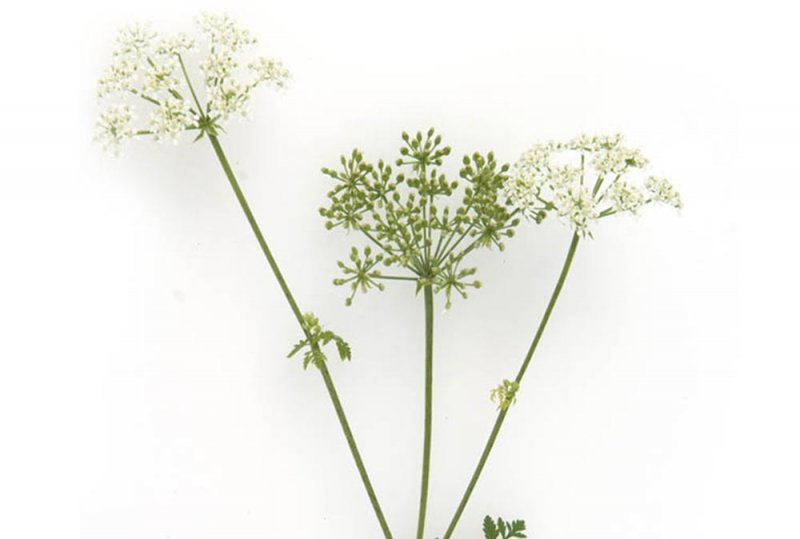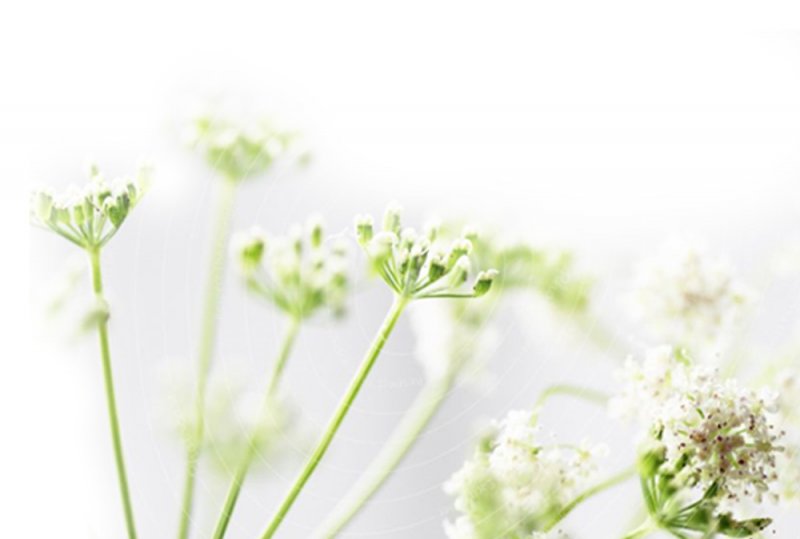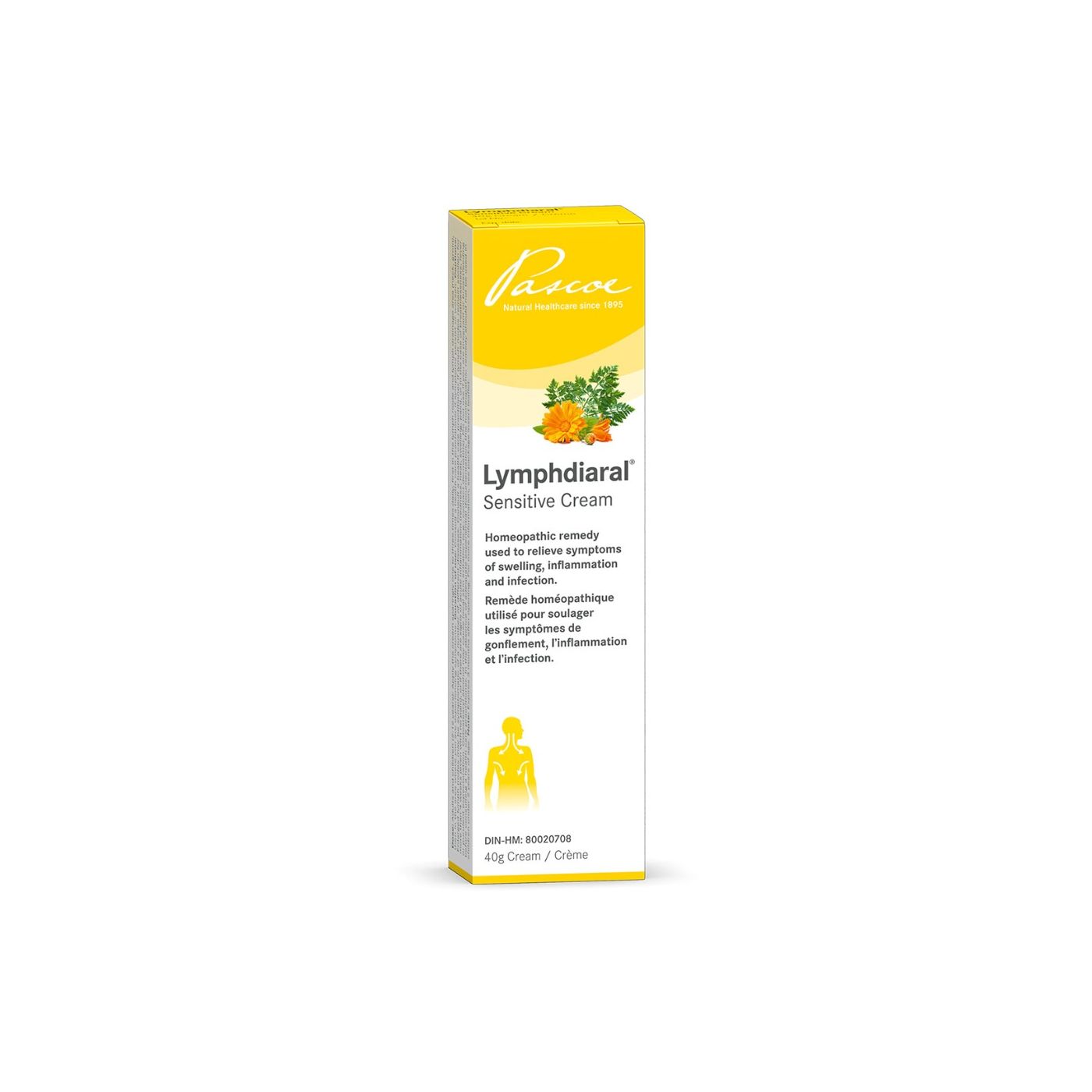Thyme


Conium Maculatum
Conium maculatum or Poison Hemlock is probably best known as the poison that killed philosopher Socrates in Ancient Greece. All parts of the plant, but especially the seeds are highly toxic to people and animals.
Hemlock plants are native to Europe but were brought to North America as an ornamental garden plant. Today, the hardy plant is naturalized and widespread. It is considered a noxious weed.
However, the poisonous plant also has a long history of medicinal use. Historically, poison hemlock was used to treat muscle spasms and cause sedation. In the 18th century, the Austrian physician Dr. von Störck recommended hemlock for both internal and external use. It was also used to cure tumors.
For its toxicity, it was utilized in very small doses to treat a variety of complaints. Prepared as a homeopathic remedy, C. maculatum is safe to use.
Conium maculatum is a homeopathic medicine that acts on the glandular system. It helps prevent hardening of the lymph glands and stimulates the lymphatic system. Conium is also used to relieve swelling, pain, and inflammation. In addition, it is a traditional homeopathic remedy for dizziness and vertigo.
Origin and types
Conium maculatum or Poison Hemlock is a member of the Apiaceae family. Apiaceae, also called Umbelliferae, is commonly known as the celery, parsley, or carrot family. Many plants of this family are aromatic plants with hollow stems.
Hemlock is native to Europe and North Africa, but frequently found in the US and southern Canada. It typically grows near fences, roadsides, fields, and abandoned construction sites.
Conium maculatum has many common names that refer to the fact that the plant is highly poisonous. It is known as poison hemlock, deadly hemlock, or poison parsley. Other common names are spotted or European hemlock.
Poison hemlock is sometimes confused with spotted water hemlock (Cicutamaculata). Water hemlock is also extremely poisonous but is a different plant that is native to North America.
What does the plant look like?
Poison hemlock is a highly branched plant that grows to 2 to 3 meters tall. It has a white carrot-like taproot. The plant’s hollow stem is hairless and has characteristic reddish or purple spots. If bruised, the plant has an unpleasant musty odor.
The delicate leaves are fern-like and bright green. Tiny white flowers grow in small clusters in late spring. Each flower develops into a green, deeply ridged fruit that contains several seeds.
The plant resembles wild carrot (Daucus carota), also known as Queen Anne’s lace. Poison hemlock may be mistaken for the edible wildflower. However, wild carrot can be distinguished by its hairy stem that lacks the purple spots. Also, the carrot plants are usually less than 1 meter tall and flower later than poison hemlock.


Where does the name come from?
Conium is derived from Ancient Greek word meaning hemlock which in turn is part of the common of C. Maculatum (poison hemlock). The c. maculatum species can have various common names depending on the region where it is growing but most often there are all some derivative of the name hemlock.
Conium maculatum as a medicinal plant
The Conium plant is poisonous both to humans and animals alike. However, hemlock has traditionally been used as a remedy for different diseases for a long time.
The major active principles seem to be toxic alkaloids that can be found in all parts of the plant. An important compound is coniine that acts similar to nicotine. The range that provides health benefits without toxicity is narrow though. Therefore, correct use is extremely important and Conium maculatum is nowadays only prepared as a homeopathic.
When used as homeopathic medicine, Conium is very diluted. It contains only extremely small amounts of the active but toxic compounds. Research showed anti-inflammatory activity of Conium alkaloids in rats. Another animal study found that the alkaloids strongly reduced the sensation of pain.
A double-blind study compared a homeopathic mixture containing Conium against an antihistamine treatment for vertigo. The results showed that the combination homeopathic remedy was as effective as betahistine during the 6 weeks of treatment. In homeopathy, Conium is mainly used for vertigo that occurs while lying down, turning in bed, or turning the head.
Certain antibacterial and anti-cancer effects have been reported in test tube experiments. Still, only a few clinical studies have been done with C. maculatum preparations so far and further research is needed.
Medicinal Properties of Conium maculatum
Conium and its active alkaloids have shown a variety of biological activities, including:
- anti-inflammatory
- sedative
- antispasmodic
- antibacterial and
- anti-cancer effects.
How and what is it used for?
Conium maculatum homeopathic medicine uses can be topical or internally to help with
- swollen glands or other glandular swellings that are hard
- promotes lymphatic movement
- pain and swelling from injuries
- vertigo and dizziness
- headaches with lancinating pains
- mental or emotional exhaustion
- gouty or rheumatic pains
- debility or tremulous weakness
How does it work?
The active components of Conium maculatum are its alkaloids, mainly gamma-coniceine and coniine. However, coniine is one of the most toxic alkaloids. It paralyzes muscles by blocking the nicotinic receptor in the central nervous system. Gamma-coniceine acts similarly but seems to be slightly less poisonous.
Therefore, poison hemlock should not be ingested as a fresh or dry herb. Even small amounts of the plant and especially the seeds can cause death by suffocation. Coniine is mainly found in the mature plant and seeds, gamma-coniceine mostly in younger plants.The dose of Conium maculatum must be very low for therapeutic use.


What makes Conium maculatum different?
Diluted as a homeopathic preparation, Conium can have many benefits for the entire body without being poisonous.
Cautions and drug interactions
All parts of the hemlock plant are extremely toxic and should not be ingested or touched.
As a homeopathic preparation, Conium does not have known drug interactions or side effects. However, it should not be used in children and pregnant or breastfeeding women without medical advice.
Remember to talk to your health care practitioner before adding any new health product to your routine.
Pascoe products that contain Conium:
Disclaimer
Pascoe Canada does not offer health or medical advice as we are not a healthcare practitioner. Please speak with your healthcare practitioner before beginning any program related to nutrition, diet, exercise, fitness, medical, and/or wellness. All content published by Pascoe Canada is developed through collaborating with licensed medical professionals and contributors. This includes text, graphics, images, and other material on the website, newsletter, and products (“Content”). This content is for informational purposes only and does not constitute medical advice. The content does not substitute professional medical advice, diagnosis, or treatment. Please always do your own research on whether this is for you along with your healthcare practitioner advice. Always consult your healthcare practitioner prior to use specific herbs because you might have underlined conditions needs professional care. The content is general in nature and are subject to change. It is not intended to cover all possible uses, directions, precautions, warnings, drug interactions, allergic reactions, or adverse effects.


